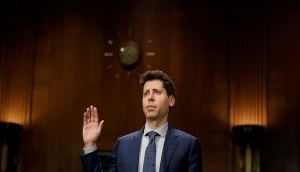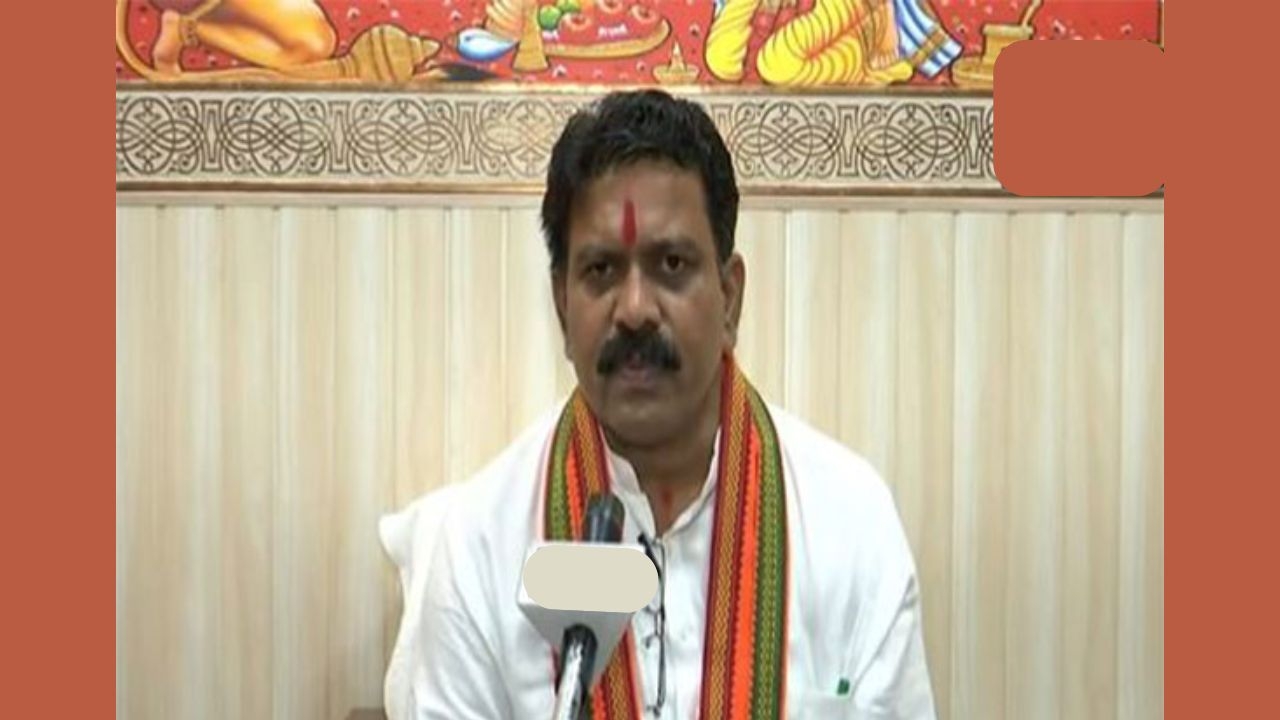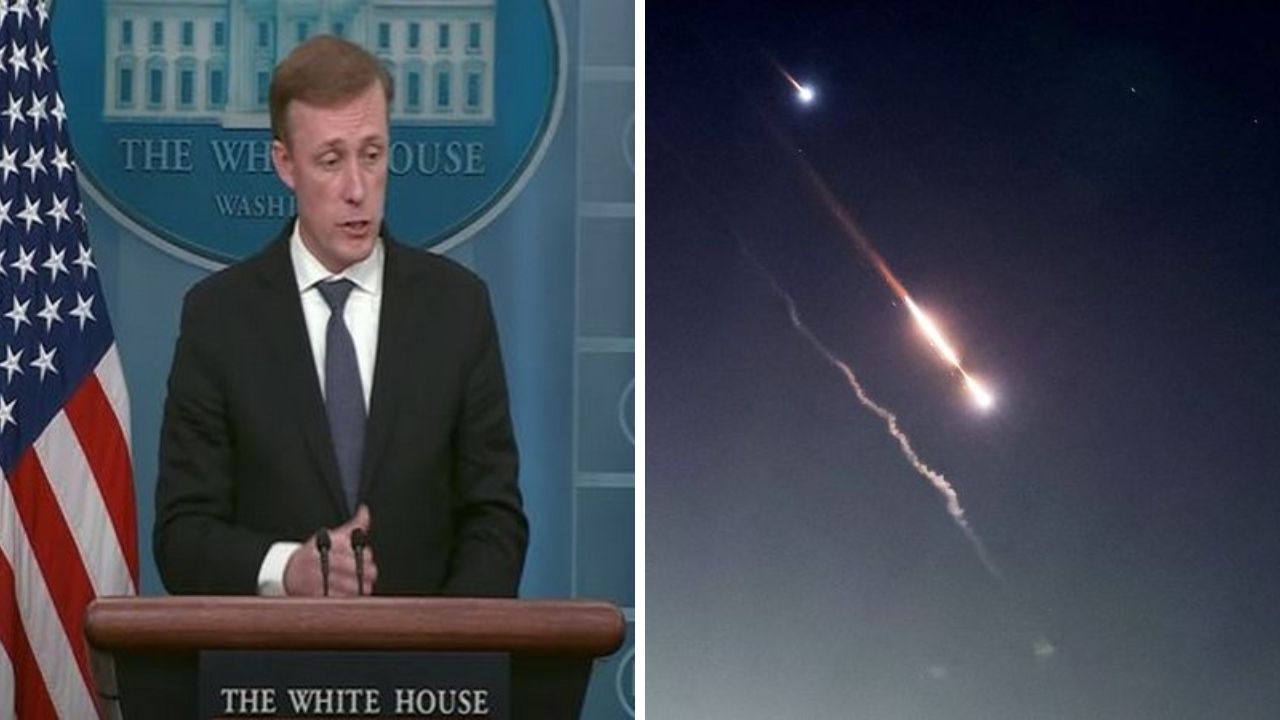Can the new ordinance solve the huge NPA problem?

The government has passed an ordinance that gives unprecedented power to the RBI to deal with non-performing assets (NPAs) in the banking sector. The ordinance, part of the new framework for NPAs, will amend Section 35A of the Act and give RBI the powers to issue directives in the interest of banks.
The ordinance, part of the new framework for NPAs, will amend Section 35A of the Act and give RBI the powers to issue directives in the interest of banks.
The new framework will deal with Rs 6 lakh crore worth of toxic assets, and contains guidelines for public auction of assets by public sector banks.
Under the framework, the RBI will have the right to set up oversight committees to monitor progress on the top 40-50 NPAs of all banks. According to banking sources, 60% of the stressed assets would be part of these 40-50 NPAs belonging to top infrastructure, power and steel companies.
According to Finance Minister Arun Jaitley, only banks that follow the resolution mechanism suggested by the RBI, will get recapitalisation money.
How is the new framework different from past schemes?
In June 2015, the RBI introduced the Strategic Debt Restructuring, under which banks were allowed to convert part of their debt to majority equity in a defaulting borrower firm, with the right to take operational control in the company. The equity could be held by banks for a period of 18 months, without the need to classify the assets as NPA. By the end of this period, the bank was required to find a new buyer for the stake.
The SDR was invoked for more than 2 dozen companies and the scheme failed miserably as the banks could not find strategic buyers for their stake in the stressed assets.
But analysts feel that the latest provisions introduced by the government would prove to be different as the RBI will now have more powers to give definitive instructions to the banks.
“RBI can now tell banks to initiate bankruptcy and insolvency process against companies, which the central bank feels cannot be turned around. Many companies will shut down due to this but it will give clarity to the banking sector as to how many assets are worth holding over,” said Bhavin Shah, Leader, Financial Services Tax, PricewaterhouseCoopers. .
Shah differentiates between the SDR and the new ordinance that makes changes in the RBI Act saying “In SDR company promoters were given a say to accept or reject the decision by the bank management. The promoters often demanded more from their assets and the deals could never be clinched. But now if the bank feels that an asset cannot be sold for more than an ex amount, they can simply decide to sell it”.
Ratings agencies caution over micromanagement by RBI
“A larger question pertains to the independence of banks in making commercial decisions. And making the regulator a part of this process does pose questions on the effectiveness of bank managements as a custodian of depositors’ money,” India Ratings said in a statement.
While one can't expect quick-fix solutions from the government for the deep-rooted problem of NPAs, the ordinance does try to address the recent build-up of apathy towards the resolution decision-making process specially among public sector lenders," India Ratings said in a statement.
The agency further added that the ordinance will not immediately solve the NPA problem. “While one can't expect a quick-fix solution from government to fix this deep-rooted problem of NPAs, the ordinance does try to address the recent build-up of apathy towards the resolution decision-making process specially among public sector lenders," added India Ratings.
Another ratings agency, Icra, said that RBI gave general instructions earlier as well, but the new provisions empower it to issue borrower-specific instructions to banks to initiate a resolution under the Insolvency and Bankruptcy Code of 2016.
"Initiation of proceedings under the Bankruptcy Code may force borrowers and lenders to come on a common platform and accelerate the resolution, given the limited time frame of 180 days (with provision of a one-time extension of 90 days) under the Bankruptcy Code, else face a liquidation process," Icra said.
First published: 6 May 2017, 2:19 IST





![BJP's Kapil Mishra recreates Shankar Mahadevan’s ‘Breathless’ song to highlight Delhi pollution [WATCH] BJP's Kapil Mishra recreates Shankar Mahadevan’s ‘Breathless’ song to highlight Delhi pollution [WATCH]](http://images.catchnews.com/upload/2022/11/03/kapil-mishra_240884_300x172.png)

![Anupam Kher shares pictures of his toned body on 67th birthday [MUST SEE] Anupam Kher shares pictures of his toned body on 67th birthday [MUST SEE]](http://images.catchnews.com/upload/2022/03/07/Anupam_kher_231145_300x172.jpg)






